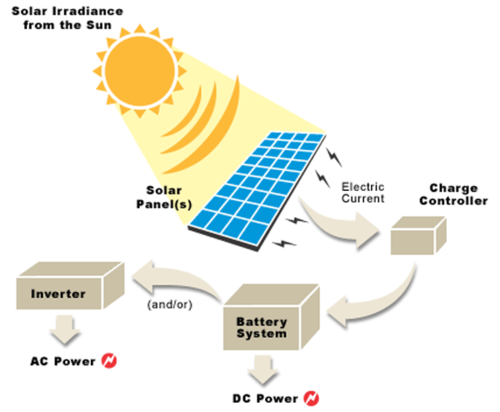FiddlerJohn
Well-known member
Charging with Direct Current (batteries charged from a solar array):PV1 said:... For a floating neutral inverter, the resistor trick mentioned in the LEAF forum is the fix. ...

I was able to modify an EVSE to put adjustable FLOATING 100VDC-250VDC into the i-MiEV. My circuit bypassed the EVSE ground fault but the on-board charger gave an ERROR. The on-board charger probably also has a ground fault circuit that is not referenced in the above circuit. The resistor trick mentioned in the LEAF forum might satisfy the on-board charger grounding requirements. I could test this idea by using a floating AC after the EVSE to watch for the same on-board charger error. If the on-board charger gives an error with floating AC, I can try the LEAF resistor trick on floating AC and then try it on DC.
Charging from PV modules directly (without batteries) is difficult because the EVSE tells the on-board charger how much current to draw. If the PV modules sees a cloud and drops below the agreed current, the on-board charger will drop out.


































